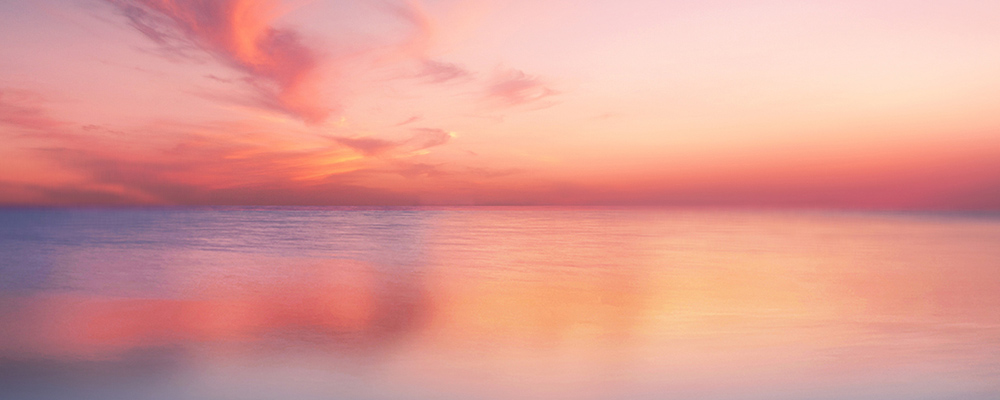Formation of Volcanic Barrier Lake
If the overflowing magma flows into the valley during a volcanic eruption, it solidifies into rock and blocks the upstream river water like a dam, forming a lake. This kind of lake is called a volcanic barrier lake. Wudalianchi is a volcanic barrier lake composed of five interconnected lakes. In addition, Yaoquan Lake, south and north Yueya Lake are also barrier lakes. These 8 dammed lakes are like a string of crystal pearls inlaid around the lava platform formed by Laohei Volcano and Huoshao Volcano. They are all formed by the overflowing lava from Laohei Volcano and Huoshao Volcano blocking the river.
In Wudalianchi, the area of Sanchi if the largest, and second for Wuchi , followed by Erchi, and the area of Sichi is the smallest. There are streams connected between each pond, and water flows out from the southern end of the Touchi, forming a small stream flowing southward along the east side of the Shilong River to Namoerhe . On the southeast side of Yaoquan Lake, there is water from the lake, forming a small stream that flows along the west side of Shilong and flows into the Shilong River. This river is called Yaoquan Lake.
Wudalianchi is a good natural fish farm with abundant fish fertilizer. There are 23 species of fish, known as carp and crucian, among which the Sanchi and Erchi have the largest number. Because there are many rocks at the bottom of the pond, nets cannot be cast, so you can go fishing, and boats move up the lake every day to catch fish. The fisherman knocks on the side of the boat, making a rhythmic bang, bang, bang...sound, drove the fish, and could get a hundred or ten catties of fish in one catch. From Touchi to the west bank of Sichi, most of the stone dragon lava stretches into the bottom of the pool, with cracks crisscrossing the bottom. It is a good place for fish to inhabit and multiply, and it is also a good place for fishing. Many local residents in Wudalianchi are addicted to fishing, and almost every family has fishing rods. Every weekend, fishing fans gather on the shores of the ponds to go fishing, and occasionally 35 catties of red-tailed carp are hooked. Every time at this time, the joy of excitement spreads along the side of the pool with the waves of the fish coming out of the water, arousing joy. When night fell, people started to ignite the fire, a few people gather together, grilling food, boiling fresh fish in clean water, drinking wine, and enjoying the joy of fishing.
The sky at Wudalianchi is clear at night, with countless stars shining; the fire of a bonfire is shining in the pool; frogs and various insects are playing concerts, and they always make sweet singing. The night at Wudalianchi is very charming. People stare at the dimly floating fishing floats by starlight and firelight, forgetting everything, as if there is only the ups and downs of fishing floats in the world. The maw of the eastern fish is white, white mist gradually rises on the surface of the pool, and volcanoes in the distance appear from time to time. The ground is covered with a white veil, and visitors are in an unpredictable illusion. The early morning is the time when the fish are most willing to bite. The tiredness of the night disappears with the fish out of the water and the shouts of people. The waters of Wudalianchi are open and the surface of the pond is calm, like five crystal pearls. The sparkling lake water and the truncated cone-shaped volcano uplifted from the flat ground complement each other, forming a beautiful picture scroll. Especially in Sanchi, every morning or dusk, the water surface is like a mirror, boating on it, you can see the reflection of the volcano in the pond.
At present, the most famous volcanic barrier lakes in China are Jingphu and Wudalianchihu. Jingbohu is the largest volcanic barrier lake in China; Wudalianchi has an area of 20.95 square kilometers, ranking second in China. Jingbohu is a high mountain canyon lake, far away from volcanoes, without volcanic landscape characteristics. Wudalianchi is composed of five beaded lakes. It is located in the center of the volcanic group. The lake shore is flat and the view is wide. The surrounding volcanoes have a history of countless. The lava of the volcano occupies the edge of the lake like a dragon. The volcano, lava and the lake form a unity. This volcanic barrier lake landscape ranks first in China.
The formation process of dammed lake
According to historical data, when Laohei Volcano and Huoshao Volcano erupted from 1720 to 1721 AD, due to the Shilong Terrace barrier, five beaded lakes, Wudalianchi, were formed on the east and north sides of the Shilong Terrace platform; the Shilong Terrace was still there. Two lakes are formed on the northwestern end of the platform—North Yueya Lake and Southern Yueya Lake; Yaoquan Lake is formed on the west side of Shilong lava near Yaoquan Volcano,, and a total of eight lava barrier lakes are formed on the edge of Shilong lava. Strings of pearls surround Shilong lava.
Ancient water system network
Before discussing the formation of dammed lakes, we must first study the ancient water system network before the dam. Before the eruption of Laohei Volcano and Huoshao Volcano, there was an original Udelin River (Baihe) in the area. Turning to the south, it flows southward through the current fire Shandong, Sanchi, Erchi, and Touchi on the west side, passing through the east side of Yaoquan, turning to the southwest on the west side of Baolong Lake, and finally injecting into the Namor River.
Formation process
The formation of Wudalianchi dammed lake can be divided into three stages. In the early eruption of Laohei Volcano, the overflow of magma was large, mainly flowing southward, and a small part flowing eastward and westward. The lava flowing to the south continues to flow southward along the old path of the Udelin River in the west of Xiaopingshan and southwest of Touchi, and occupy the old path of the Udelin River to the south of Touchi. At the same time, some rock flows turn eastward through the southern end of Xiaopinshan. Blocking the Udlin River between Xiantouchi and Erchi, thus forming the current Touchi and the large lake that connects the present Erchi with the northern part, and is on the east side of Yaoquan due to Shilong lava. The small stream that blocked the confluence of the Erlongyan springs formed the Yaoquan Lake, which was the first stage of the formation of Wudalianchi.
During the late Laohei Volcano eruption, the rock flow mainly flowed north and east. The lava flowing north occupied the two branches of the current south and north Yueya Lake and injected eastward into the Udlin River, forming the south and north Yueya Lake at its source; The lava, flowing to the east , flows through the northern part of Xiaopingshan and injects into the large lake in the north of Touchi, forming the Erchi that is currently seen. At the same time, a lake is formed at the location of the current Sanchi and its northern part. This is the second stage of the formation of Wudalianchi. .
After the eruption of Laohei Volcano, Huoshao Volcano erupted again. The erupted rock flow from Huoshao Volcano flows to the northeast, occupying the old path of the Udlin River between the current Sanchi and Sichi, and Sichi and Wuchi, forming the five ponds, four ponds, and three ponds that are now seen. At this stage, the Wudalian Pond is truly formed. .
Each pool is connected by a stream. At the southern end of the Touchi, there is a stream flowing south along the east side of the Shilong Terrace, now known as the Shilong River.


